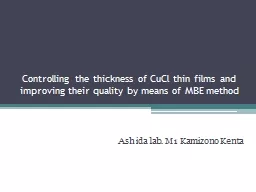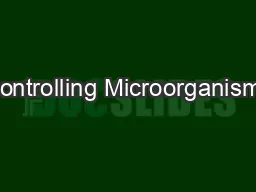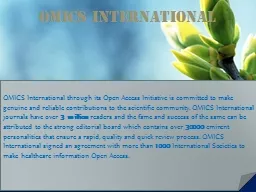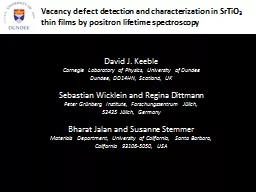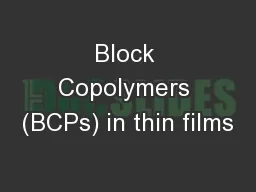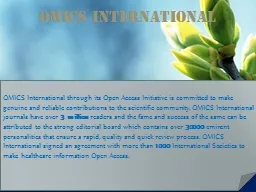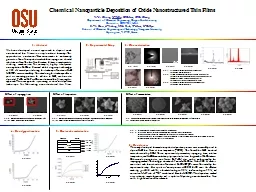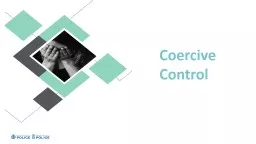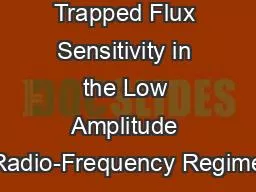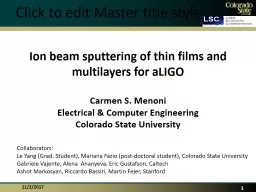PPT-Controlling the thickness of CuCl thin films and improving
Author : min-jolicoeur | Published Date : 2016-04-09
by means of MBE method Ashida lab M1 K amizono Kenta Introduction Alloptical switching devices Excitons and light in the highquality system Background Previous
Presentation Embed Code
Download Presentation
Download Presentation The PPT/PDF document "Controlling the thickness of CuCl thin f..." is the property of its rightful owner. Permission is granted to download and print the materials on this website for personal, non-commercial use only, and to display it on your personal computer provided you do not modify the materials and that you retain all copyright notices contained in the materials. By downloading content from our website, you accept the terms of this agreement.
Controlling the thickness of CuCl thin films and improving: Transcript
Download Rules Of Document
"Controlling the thickness of CuCl thin films and improving"The content belongs to its owner. You may download and print it for personal use, without modification, and keep all copyright notices. By downloading, you agree to these terms.
Related Documents

